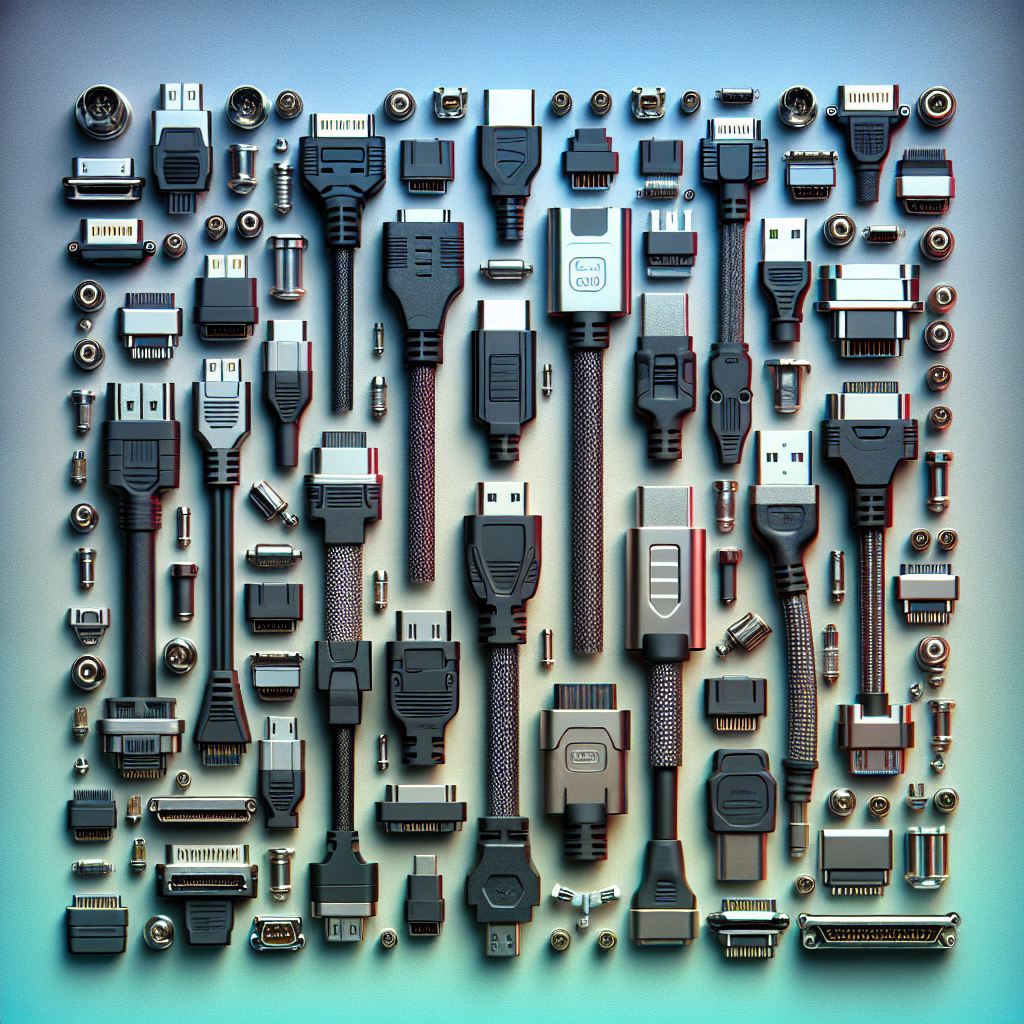SATA cables and connectors are essential components in modern computer systems, allowing for the transfer of data between storage devices and the motherboard. There are several different types of SATA cables and connectors available, each with its own unique features and capabilities. In this article, we will explore the various types of SATA cables and connectors and discuss their uses in different computer systems.
1. SATA 1.0
SATA 1.0 is the original version of the SATA standard, introduced in 2003. It supports data transfer speeds of up to 1.5 Gbps and is compatible with older SATA devices. SATA 1.0 cables and connectors are typically used in older computer systems that do not require high-speed data transfer.
2. SATA 2.0
SATA 2.0, also known as SATA II, was introduced in 2004 and offers data transfer speeds of up to 3 Gbps. It is backward compatible with SATA 1.0 devices and is commonly used in mid-range computer systems. SATA 2.0 cables and connectors are still widely used today, although they are slowly being phased out in favor of newer standards.
3. SATA 3.0
SATA 3.0, also known as SATA III, is the latest version of the SATA standard, introduced in 2009. It offers data transfer speeds of up to 6 Gbps, making it ideal for high-performance computer systems. SATA 3.0 cables and connectors are the most commonly used in modern computers and are compatible with all SATA devices.
4. eSATA
eSATA, or external SATA, is a variant of the SATA standard that is used for connecting external storage devices, such as external hard drives and solid-state drives. eSATA cables and connectors are designed to provide high-speed data transfer between the computer and the external storage device, making them ideal for backup and storage purposes.
5. SATA Power
In addition to data cables, SATA connectors also include power connectors that provide power to SATA devices, such as hard drives and solid-state drives. SATA power connectors are typically used in conjunction with SATA data cables to provide both power and data transfer capabilities to SATA devices.
Overall, SATA cables and connectors play a crucial role in the operation of modern computer systems, allowing for the seamless transfer of data between storage devices and the motherboard. By understanding the different types of SATA cables and connectors available, you can choose the right components for your computer system and ensure optimal performance and compatibility.


Leave a Reply